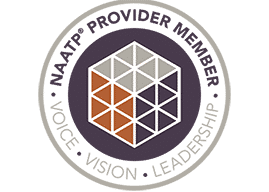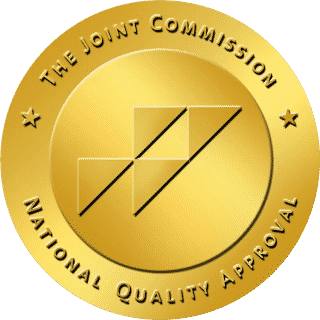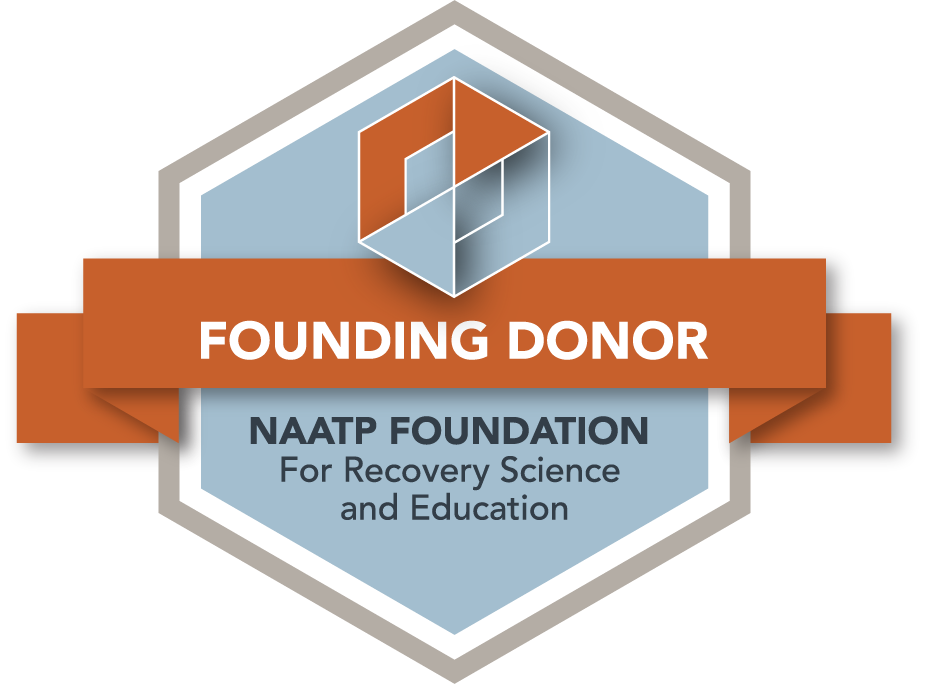What is Ritalin?
Ritalin (methylphenidate hydrochloride or MPH) is the trade name for a central nervous system (CNS) stimulant primarily prescribed for people who have attention-deficit hyperactivity disorder (ADHD).
MPH is an amphetamine derivative that works as a norepinephrine-dopamine reuptake inhibitor. It reaches peak concentrations in the brain within approximately two hours.
MPH targets the dopamine transporter in the brain\’s prefrontal cortex, controlling production of norepinephrine and dopamine. This helps to improve attention span and decrease impulsivity.
Marketed by Novartis, Ritalin it is one of the most-prescribed brand medications in the U.S.
Extended-Release Ritalin
In addition to Ritalin IR (immediate release), there are two other forms, Ritalin LA (long-acting) and Ritalin SR (sustained release).
These extended-release forms enter the bloodstream slower and have longer effects. Ritalin LA capsules are effective for up to 10 hours, while Ritalin SR provides relief for 4 to 8 hours.
The primary advantage of extended-release medications is that they do not have to be taken as often. The medical results for immediate-release and extended-release are similar, so choosing between Ritalin IR, Ritalin SR or Ritalin LA is primarily a matter of personal convenience.
What is Attention Deficit Hyperactivity Disorder?
Attention-deficit hyperactivity disorder is a neurodevelopmental disorder. It is usually first diagnosed in childhood but can last into adult years. Those with ADHD have problems with attention, impulsive behavior, hyperactivity.
According to the Centers for Disease Control and Prevention (CDC), about 9.4 percent of youth ages 2 to 17 have been diagnosed with ADHD. Parents concerned about a child should review and check ADHD symptoms and confer with their child\’s doctor.
The cause of ADHD is unknown, but genetics probably plays a key role, according to current research.
A total treatment program of behavior therapy and medication, such as taking Ritalin, is considered the best treatment for ADHD, except for preschool children (ages 4 to 5) who receive therapy without medication.
Behavioral Therapy for Attention Deficit Hyperactivity Disorder
Behavioral therapy is often part of a prescribed treatment for ADHD. It can improve a child\’s behavior, self-control, and self-esteem, and is most effective when directed by parents.
Health care professionals, such as a child\’s doctor, can refer the parents to programs where they can train in behavior therapy before working with their child.
For children younger than six years, parental application of behavioral therapy is recommended without treating ADHD with drugs.
Ritalin for Narcolepsy
Ritalin is also one of the stimulant medications used in the treatment of narcolepsy, a sleep disorder characterized by excessive daytime sleepiness (EDS) and sudden attacks of sleep. Methylphenidate hydrochloride is used to promote wakefulness and to reduce EDS.
Narcolepsy results from a loss of neurons that produce hypocretin, a neurotransmitter essential in the regulation of alertness. It may be the result of an autoimmune attack arising from a combination of genetics and an attack to the immune system.
While ADHD and narcolepsy may appear diametrically different on the surface, some studies have shown that narcolepsy is more common among ADHD patients than the general public. Both groups suffer from similar symptoms and benefit from the same class of medications.
Ritalin Started as a Drug for Adults
Ritalin was initially used to treat depressed and elderly patients, not hyperactive children.
First produced in 1944 and approved for use with adults during the mid-1950s, it was created by the pharmaceutical company Ciba (Novartis) and sold as a \”pep pill.\” It was stronger than caffeine, but less powerful than stimulants like Benzedrine.
Increasing concern during the Cold War years of the 1950s about American children\’s educational abilities led Ciba to switch the purpose of Ritalin treatment to another group: underachieving schoolchildren.
In 1962, the U.S. Food and Drug Administration (FDA) approved Ciba\’s application for marketing Ritalin to children and it quickly became a best-selling drug.
Adverse Side Effects
Some of the most common side effects of Ritalin tablets are:
- Insomnia
- Mood changes
- Poor circulation problems
- Increased heart rate
- Trouble breathing
- High body temperature
- Psychotic symptoms
- ADHD symptoms (if taken for reasons other than ADHD)
- Rapid breathing
- Stomach pain
- Chest pain
- Muscle pain
- Heart attack
- Abdominal pain
- Blurred vision
- Unexplained wounds
- Behavior problems
- Painful and prolonged erections
- Physical dependence
- Sudden death
Withdrawal Symptoms
A person taking high doses will have withdrawal symptoms if they suddenly stop Ritalin treatment. The most common symptoms are fatigue, depression, and anxiety.
Since these are the same symptoms that may have led them to take Ritalin in the first place, medication or therapy may also be needed to help with withdrawal.
The Difference Between Ritalin and Adderall
Both Ritalin and Adderall are used to treat ADHD, but Ritalin has more effect on dopamine production than Adderall, so it is used when low dopamine levels are an issue.
Adderall has more effects on norepinephrine than Ritalin, so it\’s prescribed for conditions like narcolepsy where high levels of norepinephrine are present.
Ritalin works faster and reaches most impact quicker. Adderall has longer activity in the blood than Ritalin. Adderall lasts 4 hours or 6 hours. Ritalin can be used for 2 to 3 hours.
How does Ritalin Affect Blood Pressure?
Ritalin (methylphenidate hydrochloride) stimulates the CNS and increases the heart rate, which leads to increased blood pressure.
Because of this, healthcare professionals are extra cautious when prescribing Ritalin to individuals with high blood pressure and heart rate issues. There have been reports of sudden death among pediatric patients with heart conditions who were taking Ritalin.
If you or someone you know is experiencing any adverse effects from this or any other medication, it is important to seek medical attention right away.
Ritalin and the Circulatory System
Ritalin can cause circulation problems. Fingers and toes may feel cold and painful, and skin may turn blue or red.
Use of Ritalin is linked to peripheral vascular disease, including Raynaud\’s disease. If you take Ritalin and experience circulatory problems, tell your doctor.
Drug Interactions with Ritalin
An interaction with MPH could cause a serious condition called serotonin syndrome.
Tell your doctor if you or anyone in your family has ever had depression, mental illness, bipolar disorder, psychosis, or suicidal thoughts or actions; blood circulation problems in the hands or feet; or alcoholism or drug addiction.
The following have been found to interact adversely with Ritalin.
- Caffeine
- Diet pills
- Antidepressants
- Antihistamines
- Blood pressure medication
Complications May Occur
Complications can arise when a person takes either Ritalin or Adderall. According to the Food and Drug Administration (FDA) both drugs can cause complications if the person taking it:
- Is very tense, agitated, or anxious
- Has glaucoma
- Experiences seizures
- Gets circulation problems in their fingers or toes
- Has Tourette’s syndrome, tics, or a family history of Tourette’s syndrome
- Has recently taken an antidepressant called a monoamine oxidase inhibitor
- Has another mental health condition
- Is allergic to any of the ingredients in Ritalin
- Has heart rate or BP problems
Painful and Prolonged Erections
Men taking methylphenidate may have erections lasting longer than four hours. Immediate medical care may be necessary to prevent long-term problems.
Tell your doctor as soon as possible if you are having any adverse symptoms.
Is Ritalin Addictive?
Yes, Ritalin and other methylphenidate products have the potential for abuse and addiction. Much of the literature about Ritalin addiction focuses on teen abuse, but there is alTell Your Doctor or Seek Medical Attention Before Taking Ritalin In High Doses | La Haciendaso abuse among adults.
Unlike over-the-counter medicines, an average dose can be strong enough to cause a dependence. Once a dependence develops, it is difficult to stop taking the medication.
Methylphenidate has a Schedule II narcotic classification from the U.S. Drug Enforcement Administration, the same category as morphine, amphetamines, and cocaine. This classification means it has a medically recognized therapeutic purpose, but it is susceptible to abuse and addiction.
If you or someone you know is struggling with Ritalin abuse or addiction, seek out a doctor for medical advice or contact La Hacienda Treatment Center for information.
Signs of Ritalin Abuse
- Taking more Ritalin than was initially planned or intended
- Continuing to take Ritalin despite it causing problems in work or relationships
- Feeling like one should cut down on Ritalin use but not being able to do so
- Experiencing cravings or urges to use Ritalin
- No longer engaging in activities related to family, work, social events, or hobbies due to substance use
- Not being able to perform regular or needed tasks associated with work, school, or family due to Ritalin use
- Dedicating a lot of time to using, getting, or recovering from Ritalin use
Overdose Symptoms
Symptoms of Ritalin overdose include:
- Sweating
- Nausea
- Vomiting
- Heart palpitations or irregular heartbeat
- Inability to sleep or stay asleep, even after a full night\’s rest
Ritalin users experiencing any of these symptoms should seek medical attention immediately.
Addiction Treatment at La Hacienda
Addiction to any drug, prescribed or illicit, is a disease and can be effectively treated.
La Hacienda has been treating prescription drug addiction successfully for 50 years. Our professional staff understands the challenges that each patient brings to treatment and is prepared to help them.
Following a thorough health assessment upon admission, successful substance use disorder treatment may incorporate several components including medically supervised detoxification; individual, group and family counseling; community activity, therapeutic activities; daily medical checkups, and continuing care planning.
If you or someone you know needs help with a substance use disorder, phone (800) 749-6160 and talk with one of our helpful admission specialists.
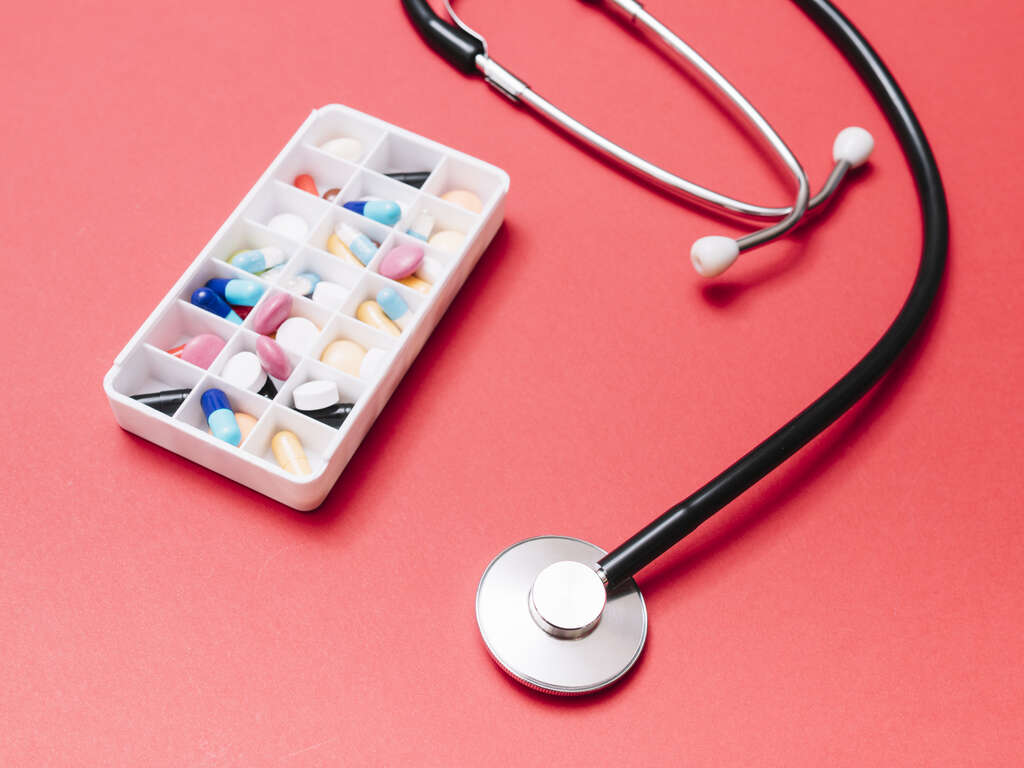
Stimulants
Stimulants are drugs that stimulate the central nervous system, making people feel more awake and alert. Stimulants come in many different forms. Prescription medications like Adderall, over-the-counter medications like NoDoz, and recreational drugs like cocaine can all be considered stimulants.
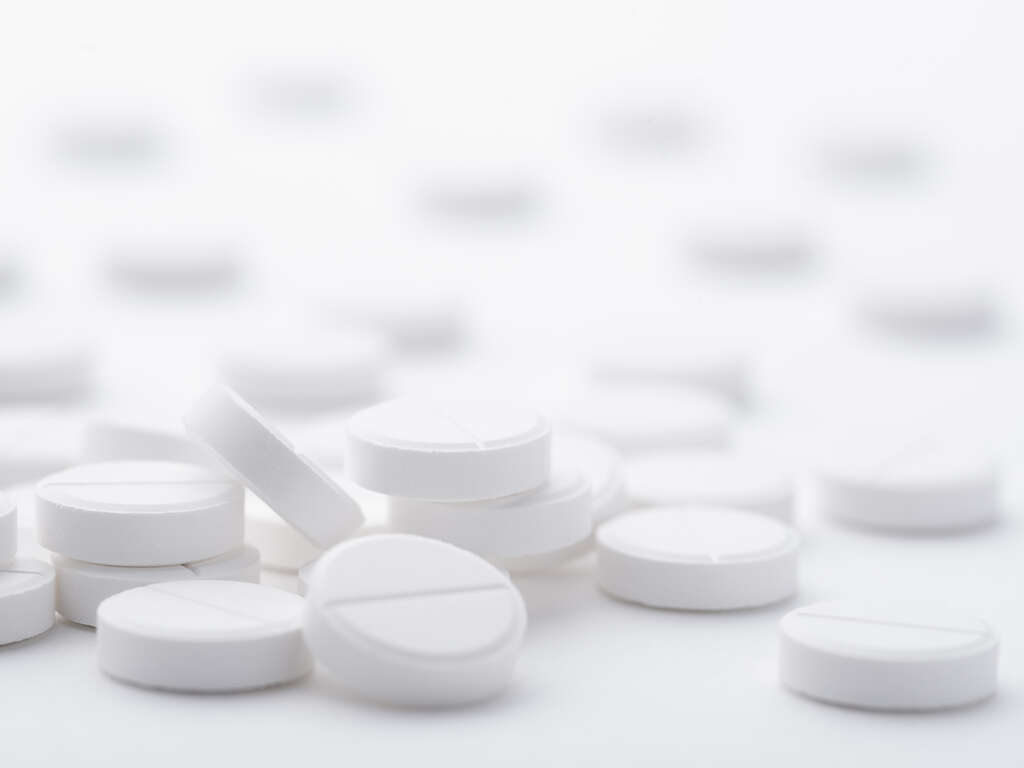
Methamphetamine
Methamphetamine is a CNS stimulant. It is highly addictive and can lead to severe health problems. It can increase alertness, reduce appetite, and cause feelings of euphoria. It can be made from many different ingredients, and it is often used in small quantities to create a sense of euphoria and increased energy levels.
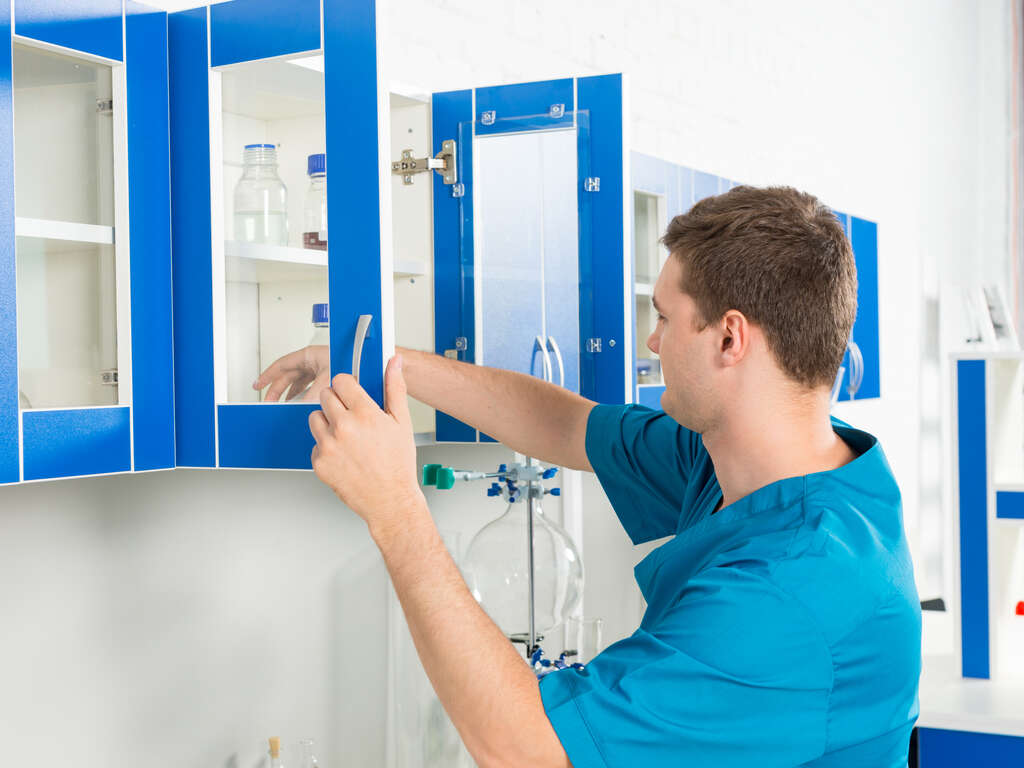
Cocaine
Cocaine is a powerful stimulant derived from the coca plant that causes an intense feeling of euphoria and well-being. It can be taken in many different forms, including as a powder (inhaled or smoked) or crack-cocaine (heated and inhaled). It may also be injected after being diluted in water.
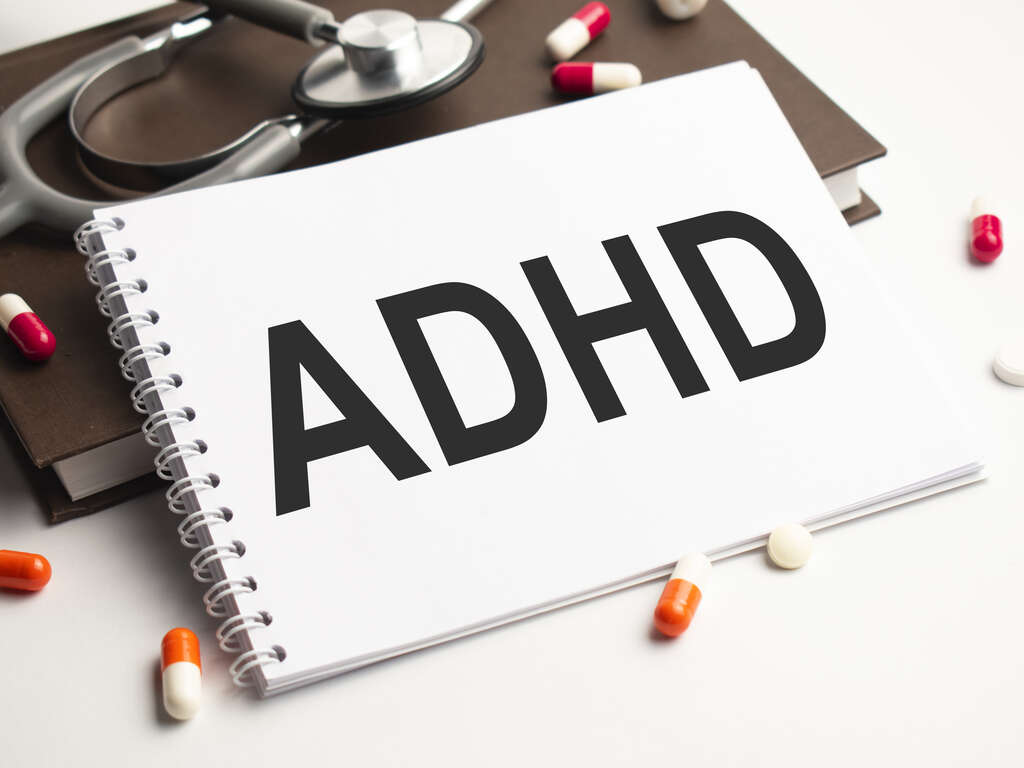
Adderall
Adderall is a brand drug used to treat ADHD and narcolepsy. It is a combination of amphetamine and dextroamphetamine, which are CNS stimulants. The drug has many side effects and can be addictive if used for extended periods.
